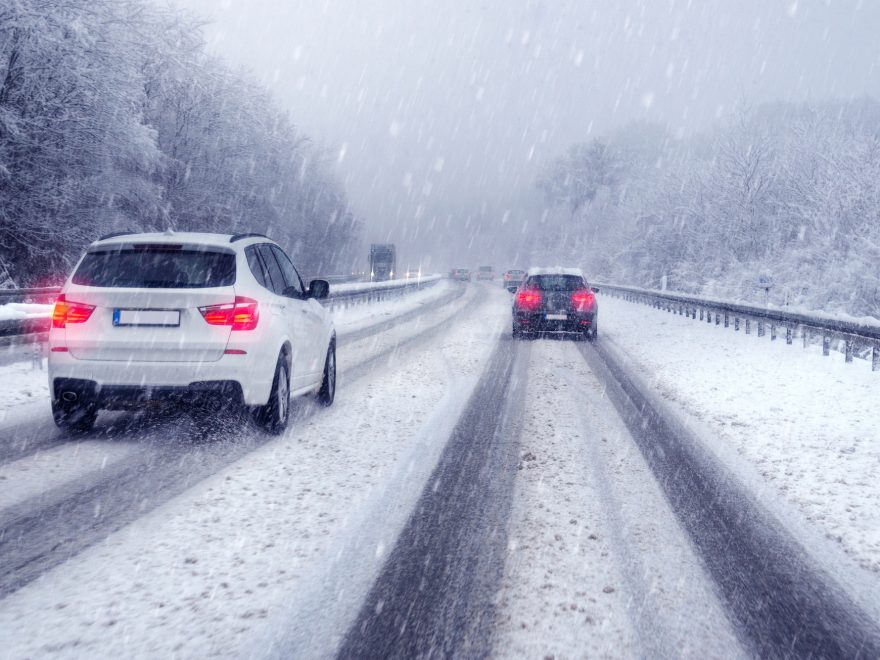Over 37,000 people in the United States die in automobile accidents every year. Wintry conditions make those risks even greater, which is why Americans want to decrease those potential dangers by learning exactly how to drive in snow.
So how does a driver deal with cold, snowy weather when behind the wheel of their car? If someone must venture out of the house on a winter day and tackle the slick, icy roads, what is the best approach?
While it’s always best to stay at home during harsh winter days, Read on to discover a few essential tips for how to drive in snow and ice.
Clean Off Your Car Before Driving
Cleaning off your car might seem second-nature to people in Syracuse, New York or Mount Washington, New Hampshire, two of the snowiest cities in the U.S. However, not everyone knows they should do it.
Cleaning off one’s car doesn’t simply mean making sure the windshield is clear of snow and ice. Be sure to also get your side and rear windows, front and rear lights, and door mirrors.
Also, make sure there is no snow on top of your car. When you drive, this snow could fall off and impair the vision of the driver behind you, potentially causing an accident.
Drive Below the Speed Limit
Typically, people will drive at or slightly above the speed limit. But when dealing with snow and ice, it’s imperative that you drive below it.
Going at a lower speed will help you control your car better in the tough conditions.
Also, driving more slowly and keeping distance between you and the driver in front of you lessens the chance of a potential accident.
What to Do When You Skid
Although you won’t want to, there’s a very good chance that you’ll end up skidding while driving in these wintry conditions.
When this happens, be sure to keep your feet off the pedals. Let your car sort of glide or drift for a little bit. During this time, do not press on the gas or slam on the brakes.
Then start counter-steering. Do this by turning your wheels in the same direction that your backend is skidding towards. By doing this fast enough, you should allow the car to straighten out.
Keep looking in the direction of where you want to go and just let your hands follow the movement of your eyes. You’ll get there safely.
Have the Best Tires Possible
When it comes to winter driving, many experts recommend tires with 6/32-inch deep tread for solid snow traction.
Most standard car tires begin with 10/32-inch of tread. You can have this number checked at trusted auto repair shops or tire stores.
How to Drive in Snow Going Forward
Always use caution when traveling in extreme winter weather. However, if you must drive on snowy, icy roads, keep these helpful tips in mind.
From cleaning off your car to pressing the pedals when you’re behind the wheel, it’s important to make your safety and the safety of other drivers the top priority.
Do you have any other car or auto repair-related questions that we can address? If so, please contact us so we can help!

